| Dolphin Coin by Olbia 5th century BC |
Olbia. 550-500 BC. 1/25 Obol. 38mm x 13mm. 2.56g. Cast Dolphin |
| Olbia. 550-500 BC. 1/25 Obol. 33mm x 14mm. 2.81g. Cast Dolphin |
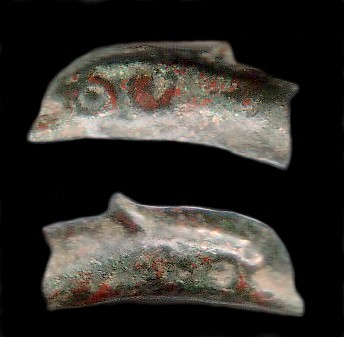 |
| Olbia. 550-500 BC. 1/25 Obol. 22mm x 9mm, 2.32g Cast Dolphin |
| Olbia. 410-400 BC. 1/10 Obol. 23mm x 8mm, 1.34g Cast Dolphin |
| Olbia. 440-410 BC. 1/5 Obol. 29mm x 10mm, 2.7g Cast Dolphin |
In the ultimate antiquity, trading, people exchanged their goods.
In the 6th century in Olbia and Kerkinitis, the shape of the arrowhead shape is replaced by the "fish"and "Dolphin", revealing the position taken in local economy, the sea and its products and continuing its tradition of 'replacement' commerce.
The city of Olbia was intensively occupied in the pre-historic period. From the 8th Century BC, the current site of the city was inhabited by Phoenicians and Greeks. With the foundation of the city, in the 4th Century BC came the beginning of the most important period in the history of the city and its port.

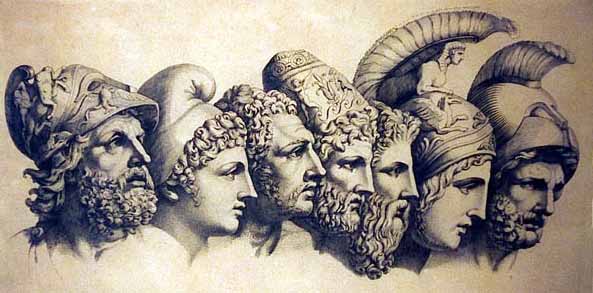
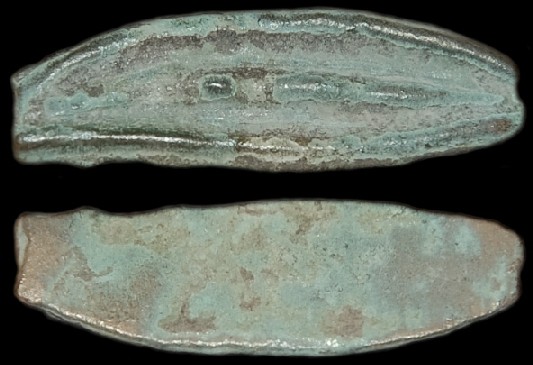
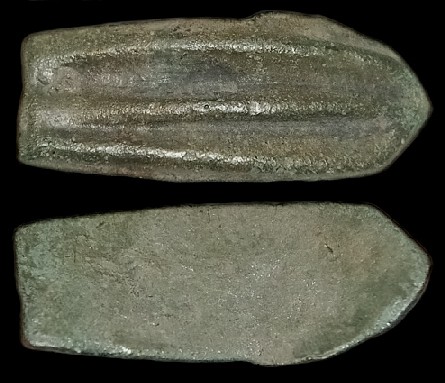
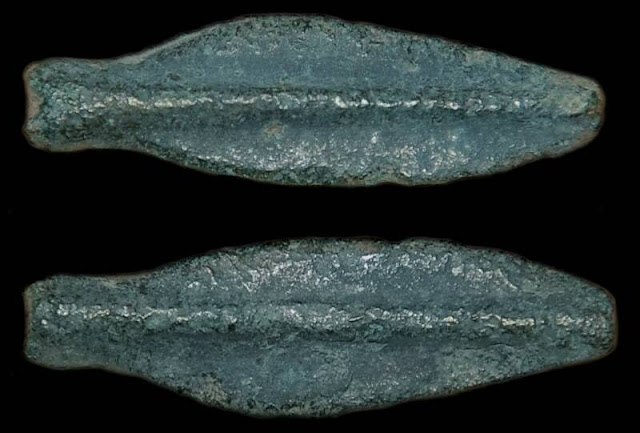








0 reviews:
Post a Comment